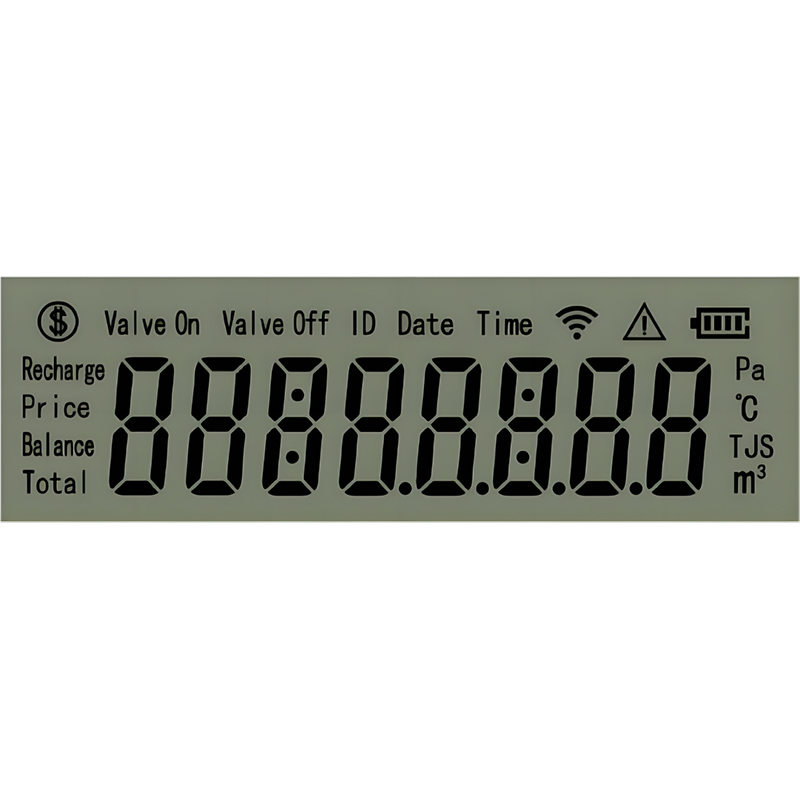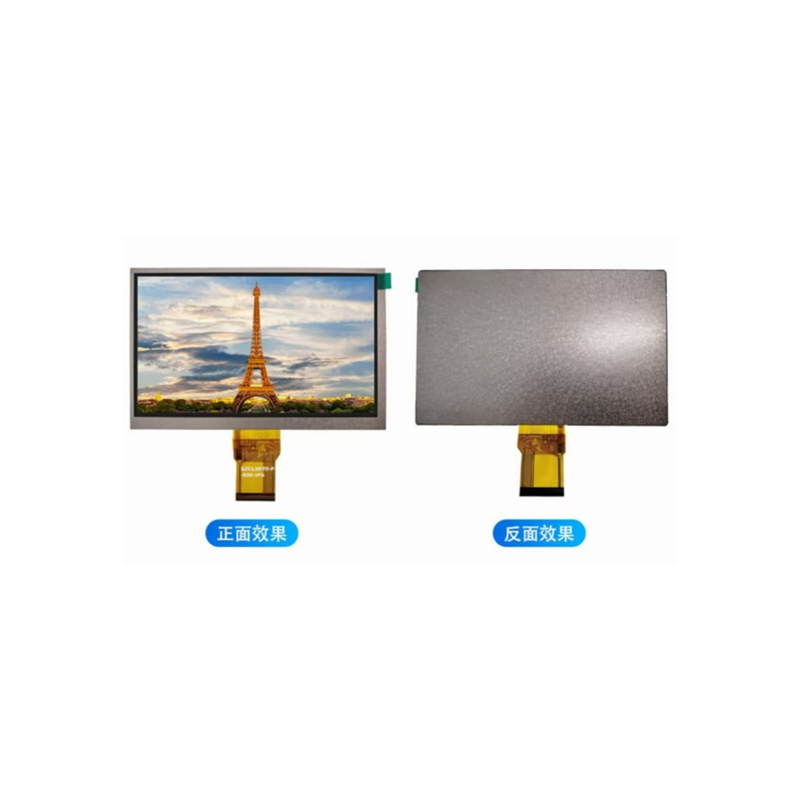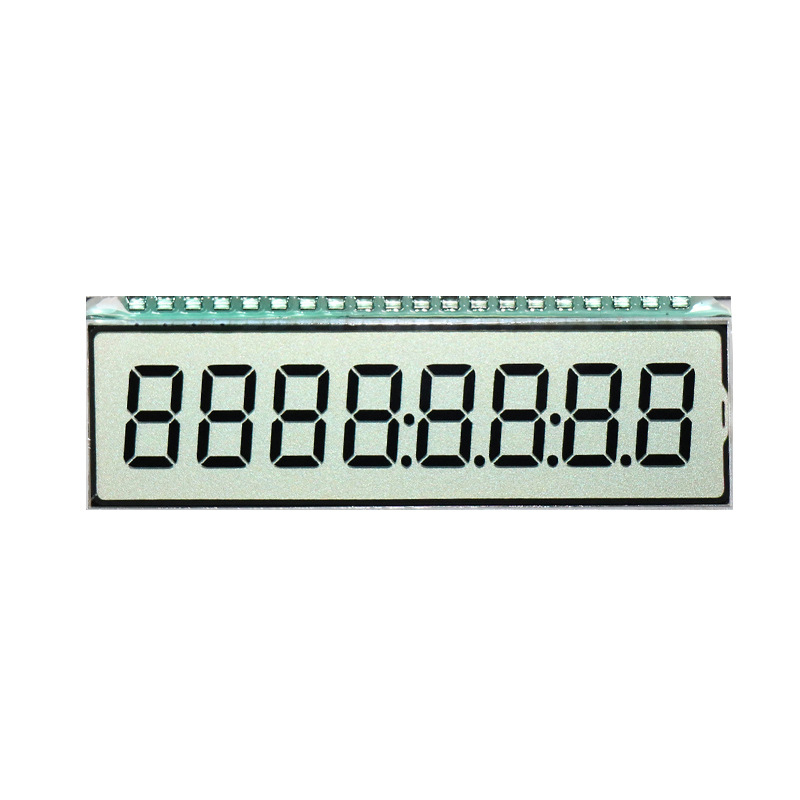
This comprehensive guide explores the SPI interface ESP32, providing a detailed understanding of its functionality, configuration, and practical applications. Learn how to effectively utilize this powerful communication protocol with your ESP32 microcontroller, including example code and troubleshooting tips. We'll cover everything from basic setup to advanced techniques, ensuring you can confidently integrate various peripherals into your ESP32 projects.
SPI (Serial Peripheral Interface) is a synchronous, full-duplex communication bus widely used for connecting microcontrollers to various peripherals like sensors, displays, and memory chips. Its popularity stems from its simplicity, speed, and relatively low hardware overhead. The SPI interface ESP32 implementation leverages these advantages to facilitate efficient data transfer. Unlike I2C, SPI doesn't require address bits for each transaction, enabling faster communication speeds.
The SPI interface ESP32, like other SPI implementations, utilizes four primary signals:
The Arduino IDE provides a convenient library for interacting with the SPI interface ESP32. This simplifies the process of configuring and using SPI communication. You can include the library using `#include
Before using the SPI interface ESP32, you need to define which pins on your ESP32 will be used for MOSI, MISO, SCK, and SS. This configuration is crucial for establishing communication with your peripherals. Remember to consult the datasheet of your specific peripheral to determine the appropriate pin assignments.
#include <SPI.h>void setup() { Serial.begin(115200); SPI.begin(); // Initialize SPI}void loop() { // Your SPI communication code here}The SPI interface ESP32 is frequently used to communicate with SD cards for data storage. Many ESP32 projects leverage this capability for logging data or storing files.
Many LCD and TFT displays utilize SPI for data transfer. Integrating these displays with your ESP32 projects allows for visual feedback and user interaction. Using the correct libraries is crucial for successful display integration via the SPI interface ESP32.
Analog-to-digital converters (ADCs) often use SPI for communication. This enables your ESP32 to acquire analog sensor readings, expanding the possibilities of your embedded system. Understanding the specific register addresses and commands of your sensor is crucial when using the SPI interface ESP32.
Troubleshooting SPI issues often involves checking pin assignments, clock speeds, and data transfer settings. Ensure that your wiring is correct, and consult the datasheets of your peripherals for compatibility and configuration details.
The SPI interface ESP32 offers a robust and efficient method for connecting various peripherals. By understanding its fundamentals and employing the right configuration and libraries, you can significantly enhance the capabilities of your ESP32 projects. Remember to always consult the datasheets for your specific hardware components for detailed specifications and usage instructions. For high-quality LCD displays to complement your ESP32 projects, consider exploring the range offered by Dalian Eastern Display Co., Ltd. at https://www.ed-lcd.com/.












